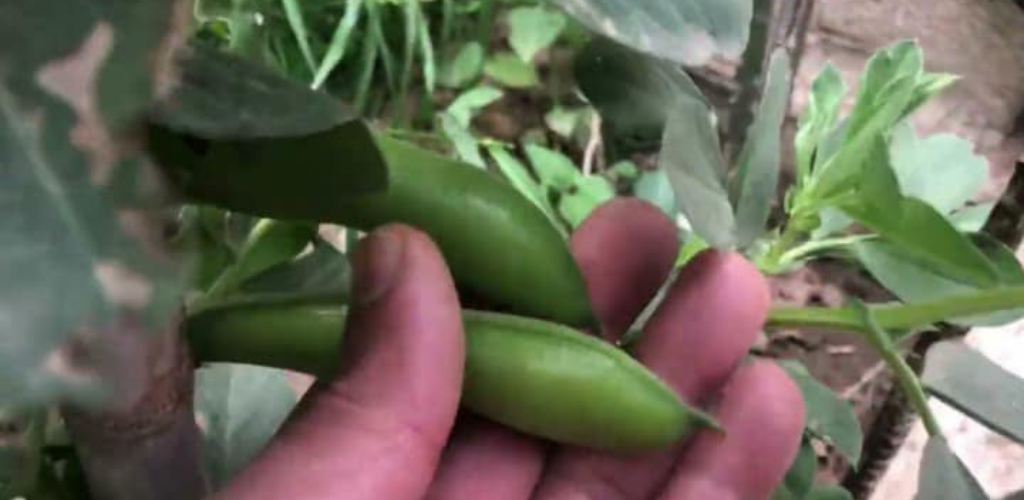PLANT AND GROW BROAD BEANS ORGANICALLY
Broad beans (Vicia faba) are vegetables from the large legume family that are easy and quick to grow. To plant beans well organically, follow our advice. Broad beans are sown from the end of winter to the beginning of spring, in fresh, rich soil, under sunny exposure. This legume is appreciated for its nutty flavor and its ease of cooking; it can be eaten both raw and cooked.
IN SUMMARY
- Botanical name: Vicia faba
- Common name: Haba
- Family: Legumes
- Crop type: Annual
- Height: approximately 40 cm to 2 m.
- Exposure: Sunny
- Soil: Light, not too wet
- Sowing: Late winter or early spring
- Harvest: About 3 months after sowing
HOW TO PLANT BEANS
- Broad beans are sown very simply at the end of winter or early spring . It is best to sow the beans directly in the place where they will grow; it is not advisable to make seedbeds since they do not resist transplants well.
- First loosen the soil approximately 30 cm deep, do not blow it around, just loosen it so that it is very loose and aerated. You can take the opportunity to remove large stones and other objects that may be buried.
- Make furrows about 10 or 15 cm apart and place a seed every 10 cm, then press lightly with your thumb and cover with just a few centimeters of loose soil.
- Finally, water with rainwater if possible, and when watering be careful not to make puddles, you can do it with a sprayer or a watering can with fine “rain”.
After the beans have grown you should keep the soil loose and free of weeds that may compete with the beans. A good organic mulch helps limit the growth of weeds, in turn helps maintain moisture in the soil for longer and protects it from the sun that can damage the microorganisms present in it.
PLACE SUPPORTS ON THE BEANS
For taller varieties and if your garden is prone to strong winds, feel free to place a vertical support next to the beans to prevent them from bending at the first gust of wind.
GOOD AND BAD ASSOCIATIONS FOR BEANS
- Broad beans enjoy the company of artichokes, dill, lettuce, squash, peppers and corn.
- The broad bean fears the presence of garlic, beets, shallots and onions.
HOW AND WHEN TO HARVEST BROAD BEANS
The beans are harvested about 3 months after planting. This period can vary depending on weather conditions, soil quality and the irrigation they receive.
The pods should not be allowed to age too long on the stem as the beans tend to harden quite quickly.
For a dry harvest or if you want to save its seeds to sow next season, wait until the pods turn black at the bottom.
PRESERVATION OF BEANS
The best way to keep beans for a long time is to place them in the freezer.
You can also put them in the refrigerator but they will only keep for a few days.
DRY THE BEANS TO PRESERVE THEM
You can store beans for many months if they have been dried properly.
- Shell the beans and remove the pod that surrounds them.
- Dry the beans in a dry, airy place that does not receive sunlight.
- At the time of use, soak them for about ten hours in water.
DISEASES AND PESTS OF BROAD BEANS
Although it is easy to grow and maintain, you must keep a close eye on broad beans whose main enemy is the aphid. If the attack is large, spray black soap diluted in water. In this link we teach you all the natural methods to eliminate aphids.
